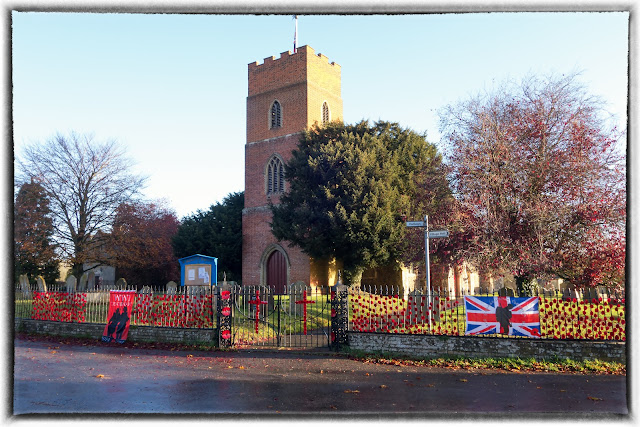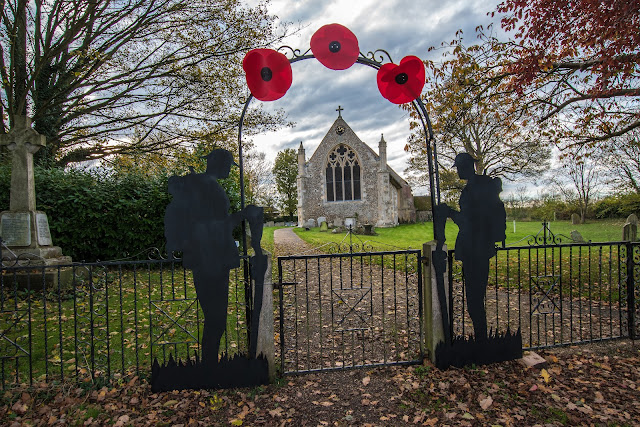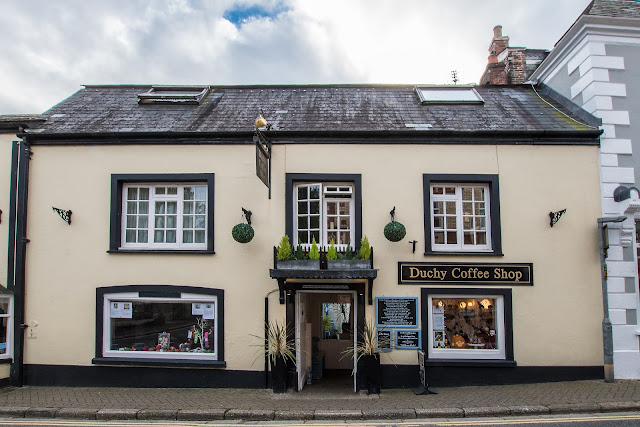Lest We Forget - in Layham

This year marks 100 years from the end of the horrors of the First World War. No, we don't learn do we, because we went to war again 20 years later! Commemorations were being marked in numerous countries, and the UK in particular marked the occasion in many, and varied ways. Being a small community, our commemorations centered around the local church, and the huge efforts of the volunteers gave us a memorable, and frankly outstanding display. From the display on the railings outside .... ...to the entrance door ..... .... and then as you entered and looked toward the East end Walking down the aisle, the effect of the Altar Poppy curtain increases. Until the full effect is apparent when you stand in front of the altar. Even better with the soldier standing beside it. The cascade from the pulpit The pews were adorned with more hand knitted poppies - A good touch I thought. And last, but not least, the Font. A


